A smartphone’s unique Bluetooth fingerprint could be used to track the device’s user–until now. A team of researchers have developed a simple firmware update that can completely hide the Bluetooth fingerprint, eliminating the vulnerability. The method was developed by a team of researchers at the University of California San Diego.
Tag: University Of California San Diego
Meet CARMEN, a Robot That Helps People with Mild Cognitive Impairment
Meet CARMEN, short for Cognitively Assistive Robot for Motivation and Neurorehabilitation–a small, tabletop robot designed to help people with mild cognitive impairment (MCI) learn skills to improve memory, attention, and executive functioning at home.
How Your Sleep Patterns Change Can Tell You About Your Health
Your sleep tracker might give you information about more than just your sleep–specifically, it might give you information about chronic conditions such as diabetes and sleep apnea, and illnesses such as COVID-19. This is one of the findings of a study that analyzed data from 5 million nights of sleep across roughly 33,000 people.
Breakthrough UC San Diego Brain Recording Device Receives FDA Approval for a Clinical Trial
The Federal Drug Administration approved a clinical trial to test the effectiveness of an electronic grid that records brain activity during surgery, developed by engineers at the University of California San Diego.
Advanced AI-Based Techniques Scale-up Solving Complex Combinatorial Optimization Problems
A framework based on advanced AI techniques can solve complex, computationally intensive problems faster and in a more more scalable way than state-of-the-art methods, according to a study led by engineers at the University of California San Diego. In the paper, which was published May 30 in Nature Machine Intelligence, researchers present HypOp, a framework that uses unsupervised learning and hypergraph neural networks.
A Flexible Microdisplay Can Monitor and Visualize Brain Activity in Real-time During Brain Surgery
A thin film that combines an electrode grid and LEDs can both track and produce a visual representation of the brain’s activity in real-time during surgery–a huge improvement over the current state of the art.
This Injectable Hydrogel Mitigates Damage to the Right Ventricle of the Heart
An injectable hydrogel can mitigate damage to the right ventricle of the heart with chronic pressure overload, according to a new study published March 6 in Journals of the American College of Cardiology: Basic to Translational Science. The study, by a research team from the University of California San Diego, Georgia Institute of Technology and Emory University, was conducted in rodents.
Working Towards Toxic-Free AI
Unlike existing work, which relies on training data from social media examples, a new benchmark, named ToxicChat, is based on examples gathered from real-world interactions between users and an AI-powered chatbot. ToxicChat is able to weed out queries that use seemingly harmless language but are actually harmful, which would pass muster with most current models.
Type 2 Diabetes Alters the Behavior of Discs in the Vertebral Column
Type 2 diabetes alters the behavior of discs in the vertebral column, making them stiffer, and also causes the discs to change shape earlier than normal.
How to Run a Password Update Campaign Efficiently and With Minimal IT Costs
Computer scientists found that email notifications to update passwords potentially yielded diminishing returns after three messages.
How Could a Piece of the Moon Become a Near-Earth Asteroid? Researchers Have an Answer
A team of astronomers has found a new clue that a recently discovered near-Earth asteroid, Kamo`oalewa, might be a chunk of the moon.
These Robots Helped Understand How Insects Evolved Two Distinct Strategies of Flight
Robots built by engineers at the University of California San Diego helped achieve a major breakthrough in understanding how insect flight evolved, described in the Oct. 4, 2023 issue of the journal Nature. The study is a result of a six-year long collaboration between roboticists at UC San Diego and biophysicists at the Georgia Institute of Technology.
These Screen-printed, Flexible Sensors Allow Earbuds to Record Brain Activity and Exercise Levels
Earbuds can be turned into a tool to record the electrical activity of the brain and levels of lactate in the body with two flexible sensors screen-printed onto a flexible surface.
New Technology Turns Smartphones into RFID Readers, Saving Costs and Reducing Waste
Imagine you can open your fridge, open an app on your phone and immediately know which items are expiring within a few days. This is one of the applications that a new technology developed by engineers at the University of California San Diego would enable.
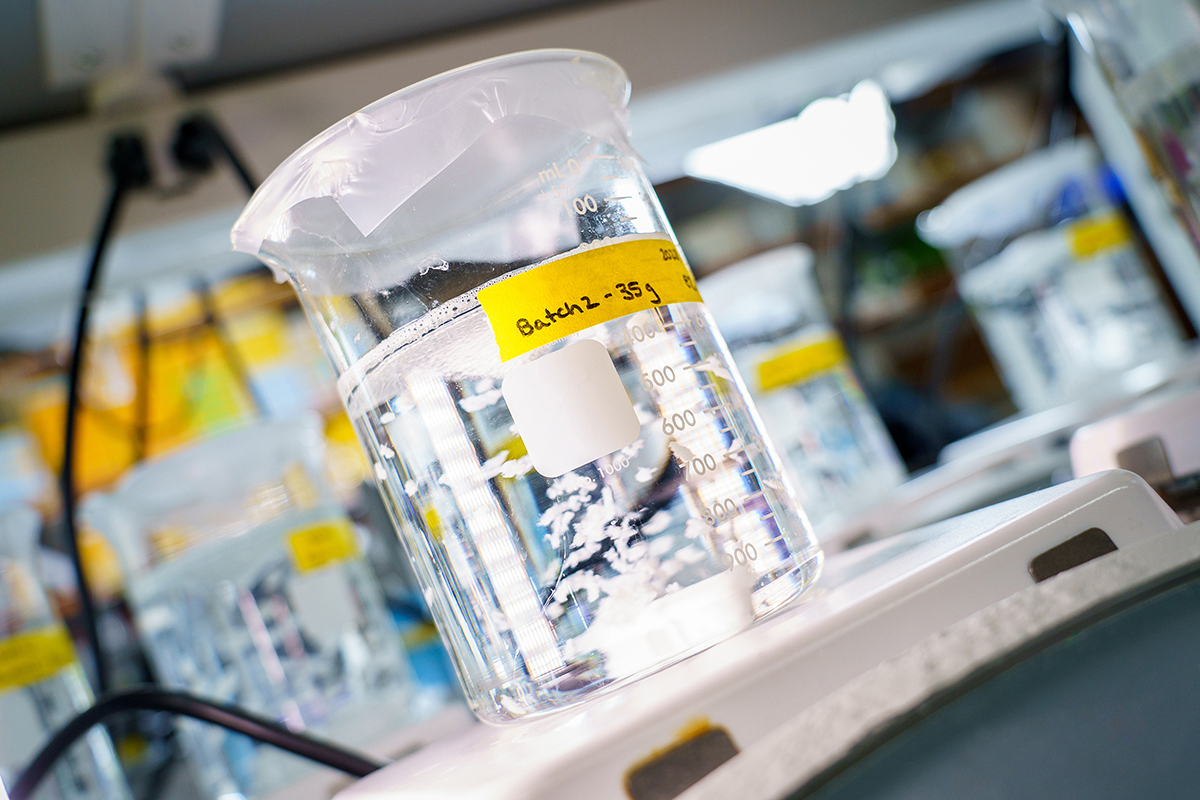
This Groundbreaking Biomaterial Heals Tissues From the Inside Out
A new biomaterial that can be injected intravenously, reduces inflammation in tissue and promotes cell and tissue repair. The biomaterial was tested and proven effective in treating tissue damage caused by heart attacks in both rodent and large animal models. Researchers also provided proof of concept in a rodent model that the biomaterial could be beneficial to patients with traumatic brain injury and pulmonary arterial hypertension.

Scientists Use SDSC’s Expanse to Advance Green Chemistry
Computational chemists reduce or eliminate hazardous materials by running simulations to develop fast, accurate models. MIT researchers use SDSC’s supercomputer to explore the luminescent properties of iridium-centered phosphors.
New Web Tracking Technique is Bypassing Privacy Protections
Two years ago, several browsers that prioritize user privacy — including Safari, Firefox, and Brave — began to block third-party cookies for all users by default. Advertisers have responded by pioneering a new method for tracking users across the Web, known as user ID (or UID) smuggling, which does not require third-party cookies. But no one knew exactly how often this method was used to track people on the Internet.
Innovative Self-Powered Ingestible Sensor Opens New Avenues for Gut Research
Engineers developed a battery-free, pill-shaped ingestible biosensing system that gives scientists the ability to monitor gut metabolites in real time, which wasn’t possible before. The work could lead to a new understanding of intestinal metabolite composition, which significantly impacts human health.
The physics of walking is simpler than we thought
The physics of walking for multi-legged animals and robots is simpler than previously thought. That is the finding described by a team of roboticists, physicists and biologists in the Sept. 5 issue of the Proceedings of the National Academy of Sciences, in a paper titled “Walking is like slithering: a unifying, data-driven view of locomotion.”
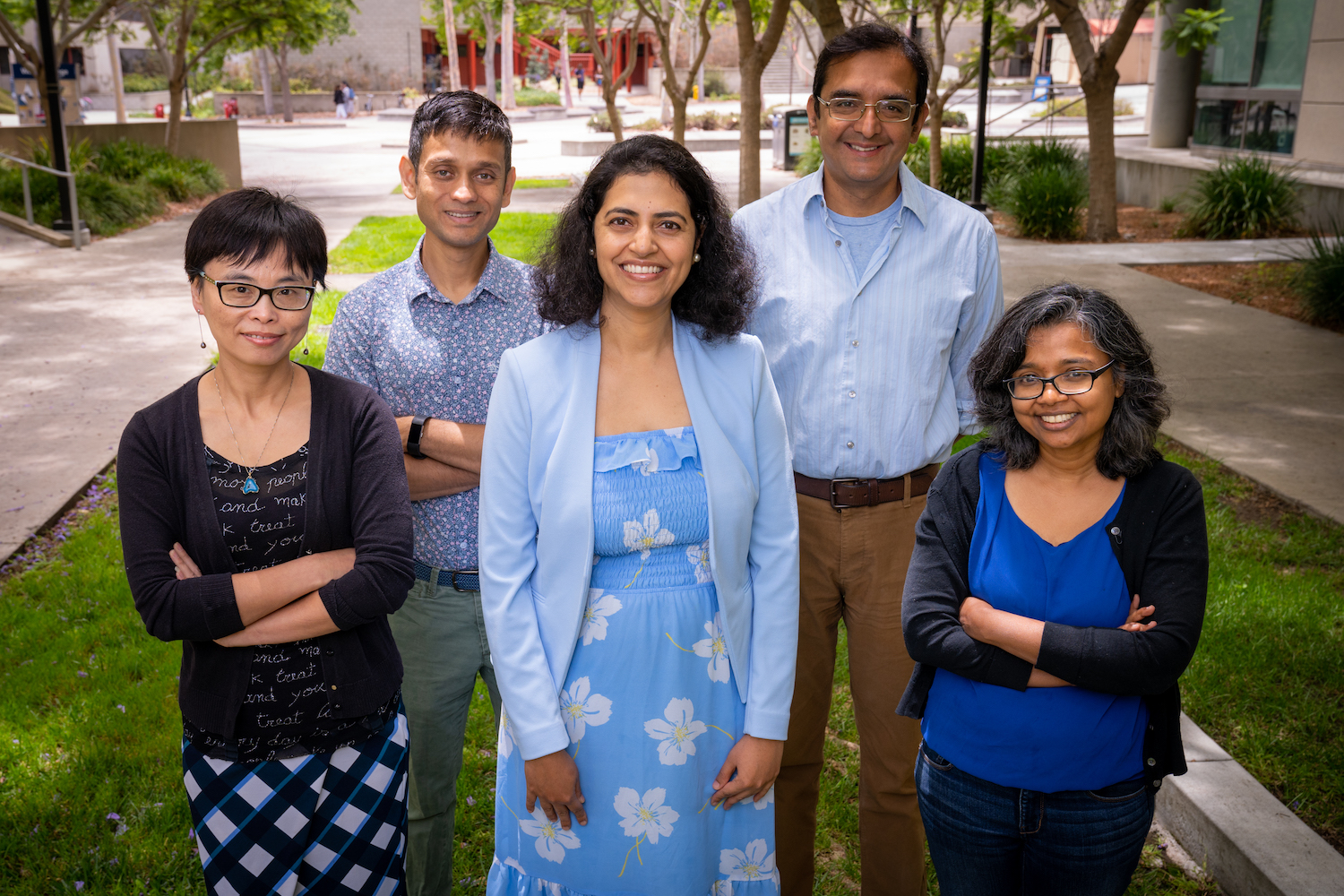
New $10M NSF-Funded Institute Will Get to the CORE of Data Science
A new National Science Foundation initiative has created a $10 million dollar institute led by computer and data scientists at University of California San DIego that aims to transform the core fundamentals of the rapidly emerging field of Data Science.
UC San Diego Computer Scientist Plays Major Role in $25M Cancer Grand Challenges Project
University of California San Diego computer scientist Vineet Bafna is part of a team of world-class researchers that has been awarded a five-year, $25 million Cancer Grand Challenges grant to learn how the destructive genetic lesion extrachromosomal DNA (ecDNA) influences numerous cancers and to identify possible therapies.
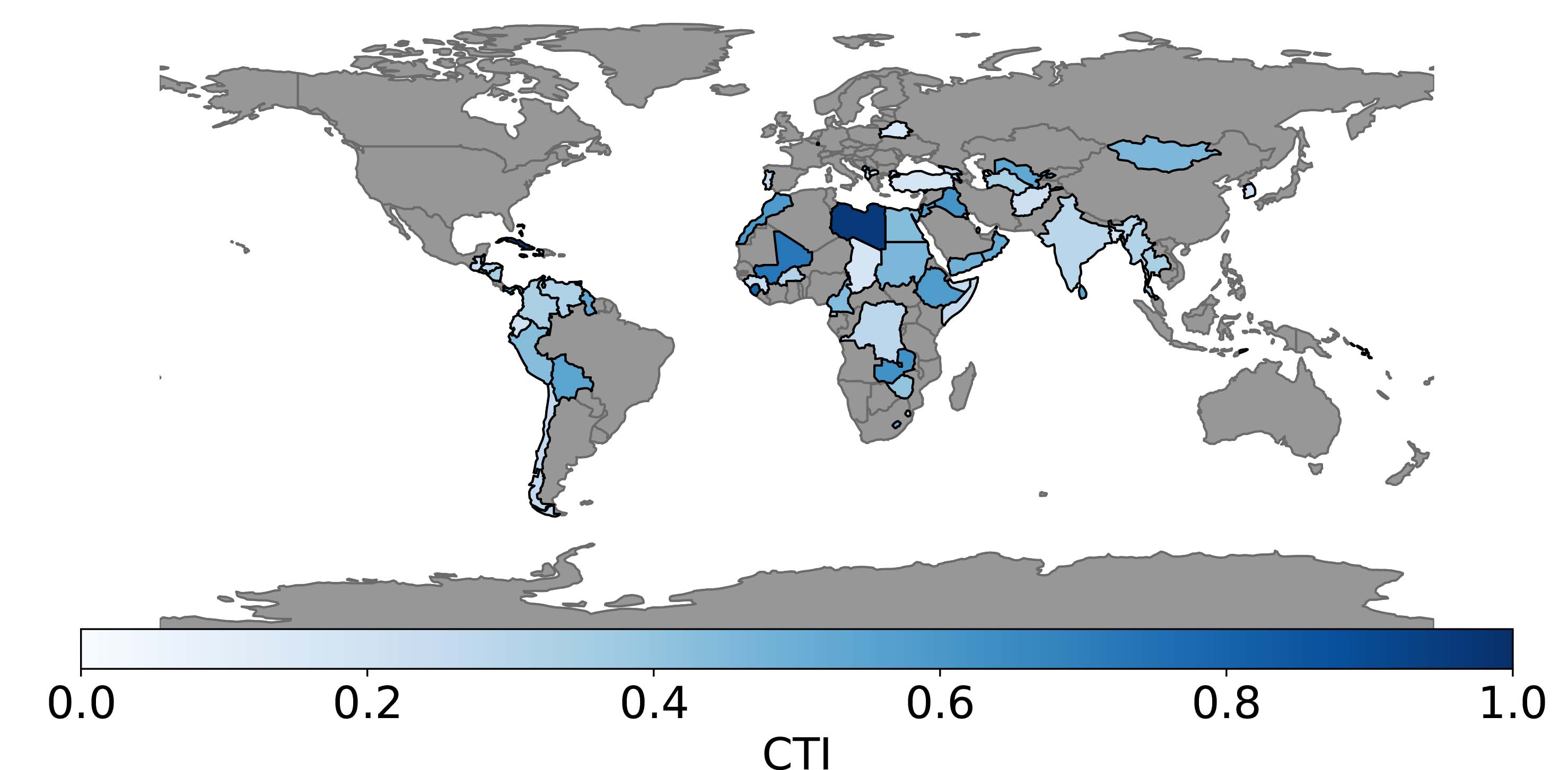
A quarter of world’s Internet users rely on infrastructure at high risk of attack
About a quarter of the world’s Internet users live in countries that are more susceptible than previously thought to targeted attacks on their Internet infrastructure. Many of the at-risk countries are located in the Global South.
Cleaning up Online Bots’ Act – and Speech
Researchers at the University of California San Diego have developed algorithms to rid speech generated by online bots of offensive language, on social media and elsewhere.
Want to throw off your chatbot? Use figurative language
Computer scientists recently examined the performance of dialog systems, such as personal assistants and chatbots designed to interact with humans. The team found that when these systems are confronted with dialog that includes idioms or similes, their performance drops to between 10 and 20 percent. The research team also developed a partial remedy.
A new solid-state battery surprises the researchers who created it
Engineers created a new type of battery that weaves two promising battery sub-fields into a single battery. The battery uses both a solid state electrolyte and an all-silicon anode, making it a silicon all-solid-state battery. The initial rounds of tests show that the new battery is safe, long lasting, and energy dense. It holds promise for a wide range of applications from grid storage to electric vehicles.
NSF makes $20 Million investment in Optimization-focused AI Research Institute led by UC San Diego
The National Science Foundation (NSF) announced today an investment of $220 million to establish 11 artificial intelligence (AI) institutes, each receiving $20 million over five years. One of these, The Institute for Learning-enabled Optimization at Scale (TILOS), will be led by the University of California San Diego.
Conrad Prebys Foundation Awards $500,000 Grant to Support UC San Diego Department of Music Outreach
The University of California San Diego Department of Music will expand its post-pandemic reach with support from a $500,000 grant from The Conrad Prebys Foundation. The grant, which contributes to the Campaign for UC San Diego, helps launch the department’s outreach to both regional audiences, and the international music community.
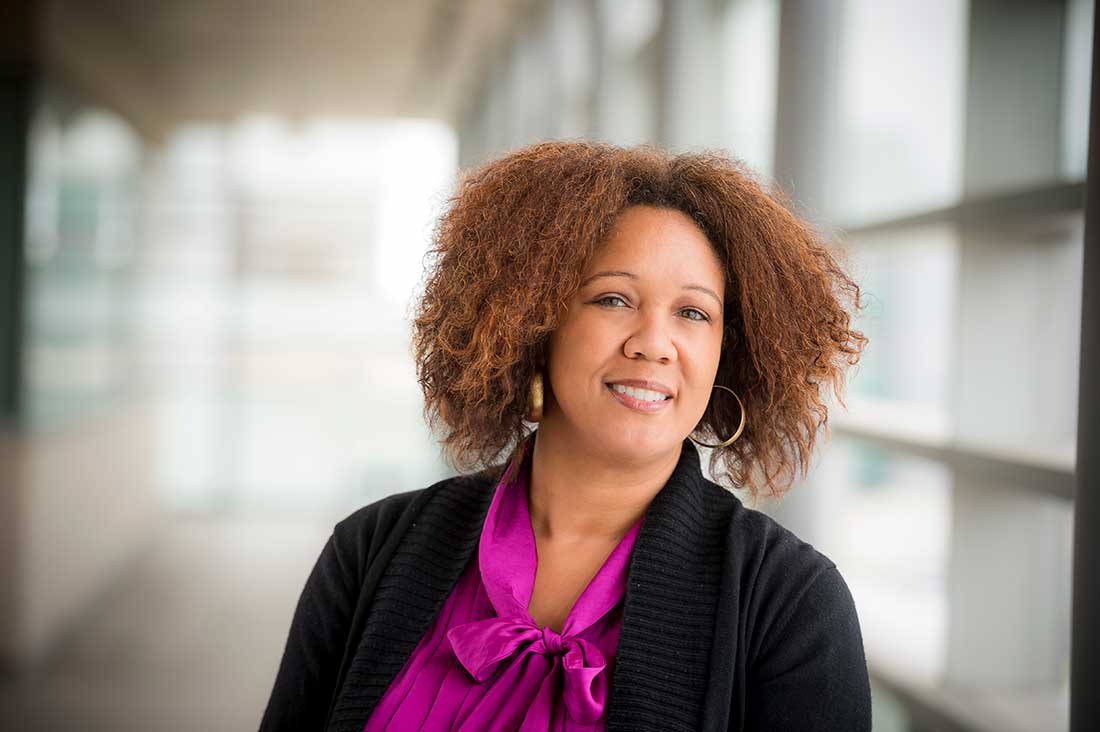
UC San Diego approves new undergraduate degree in Black Diaspora and African American Studies
The university’s new bachelor of arts degree will not only enhance the academic offerings at UC San Diego, but will foster collaborative study for students and faculty regarding the current experiences and histories of people of African descent.
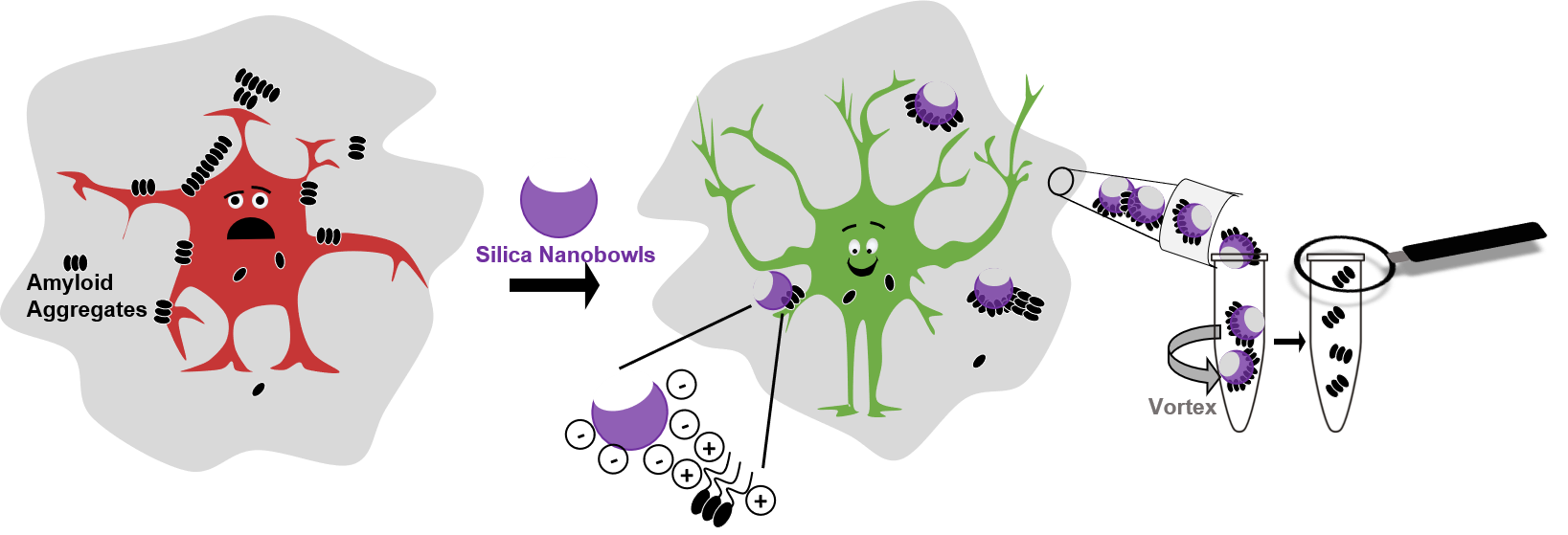
Nanoparticles Help Untangle Alzheimer’s Disease Amyloid Beta Plaques
ROCKVILLE, MD – Scientists are still a long way from being able to treat Alzheimer’s Disease, in part because the protein aggregates that can become brain plaques, a hallmark of the disease, are hard to study.
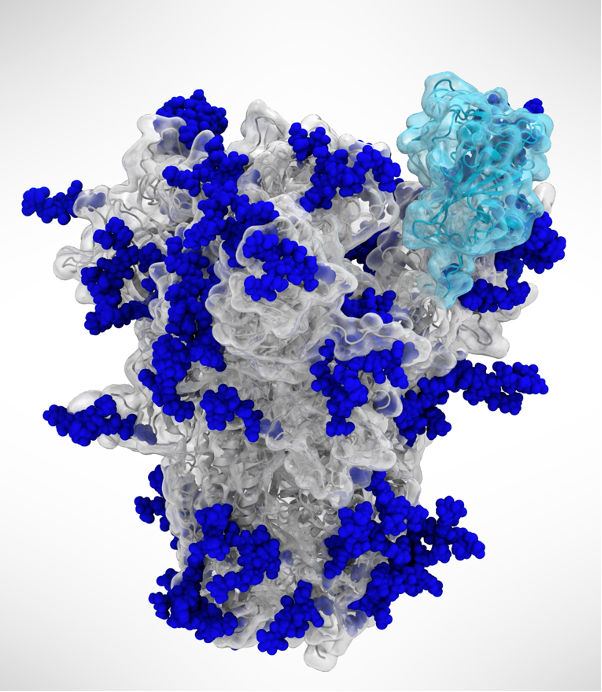
How SARS-CoV-2’s Sugar-Coated Shield Helps Activate the Virus
ROCKVILLE, MD – One thing that makes SARS-CoV-2, the virus that causes COVID-19, elusive to the immune system is that it is covered in sugars called glycans.
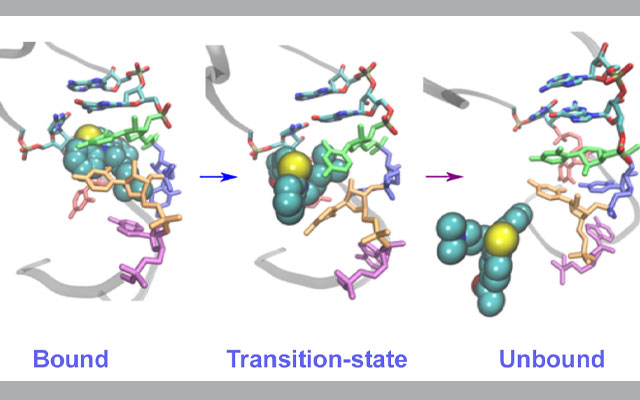
Supercomputers Simulate New Pathways for Potential RNA Virus Treatment
University of New Hampshire (UNH) researchers recently used high-performance supercomputers to identify new inhibitor binding/unbinding pathways in an RNA-based virus. The findings could be beneficial in understanding how these inhibitors react and potentially help develop a new generation of drugs to target viruses with high death rates, such as HIV-1, Zika, Ebola, and SARS-CoV2, the virus that causes COVID-19.
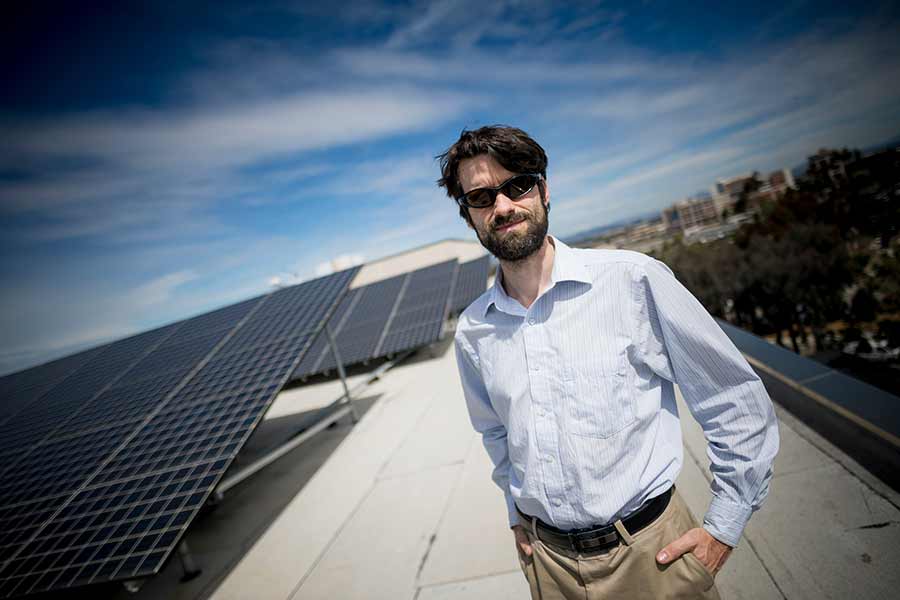
$39 Million to better integrate renewables into power grid
The National Science Foundation has awarded $39 million to a team of engineers and computer scientists at the University of California San Diego to build a first-of-its-kind testbed to better understand how to integrate distributed energy sources such as solar panels, wind turbines, smart buildings and electric vehicle batteries into the power grid. The goal is to make the testbed available to outside research teams and industry by 2025.
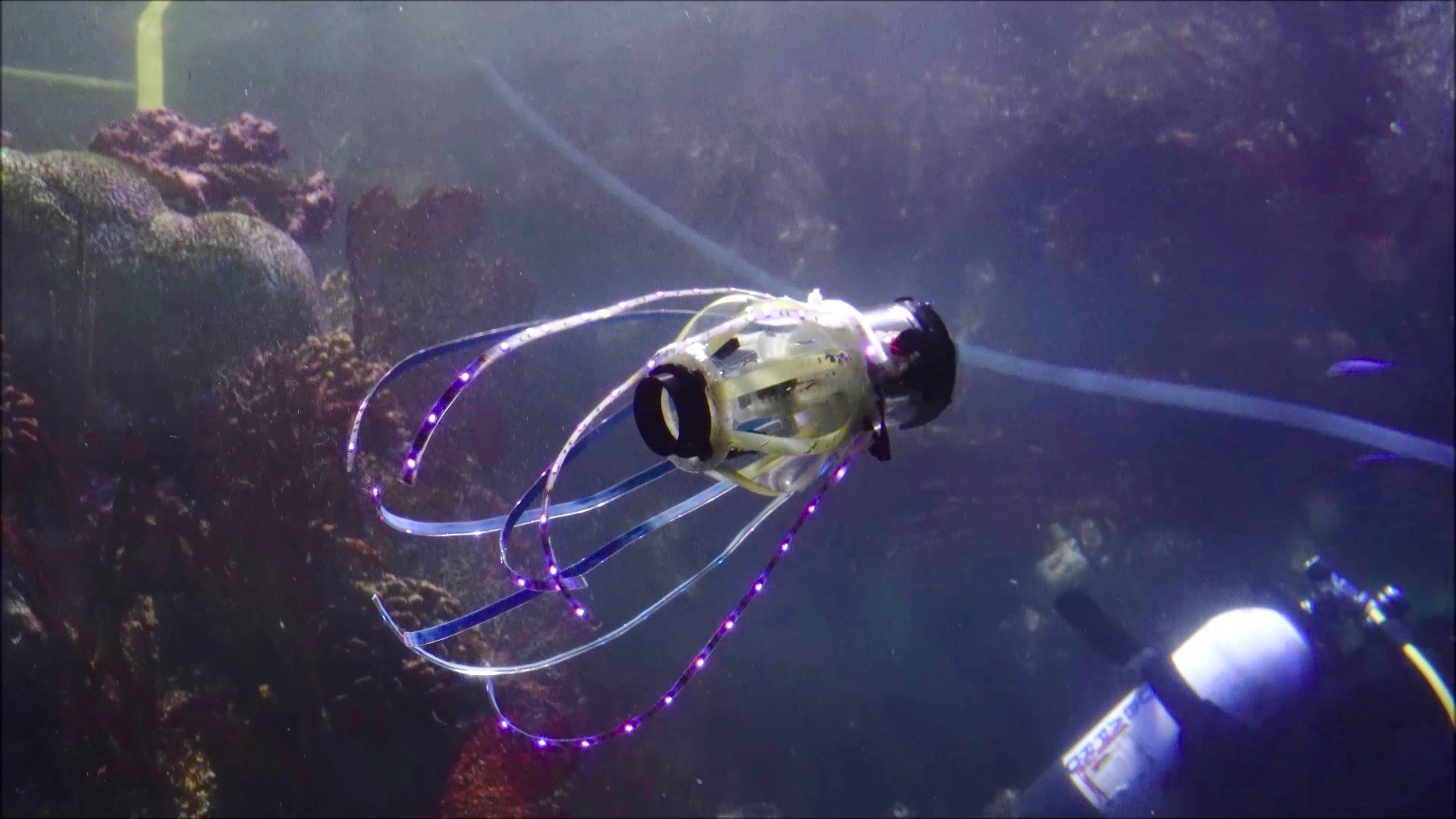
This ‘squidbot’ jets around and takes pics of coral and fish
Engineers at the University of California San Diego have built a squid-like robot that can swim untethered, propelling itself by generating jets of water. The robot carries its own power source inside its body. It can also carry a sensor, such as a camera, for underwater exploration. The researchers detail their work in a recent issue of Bioinspiration and Biomimetics.
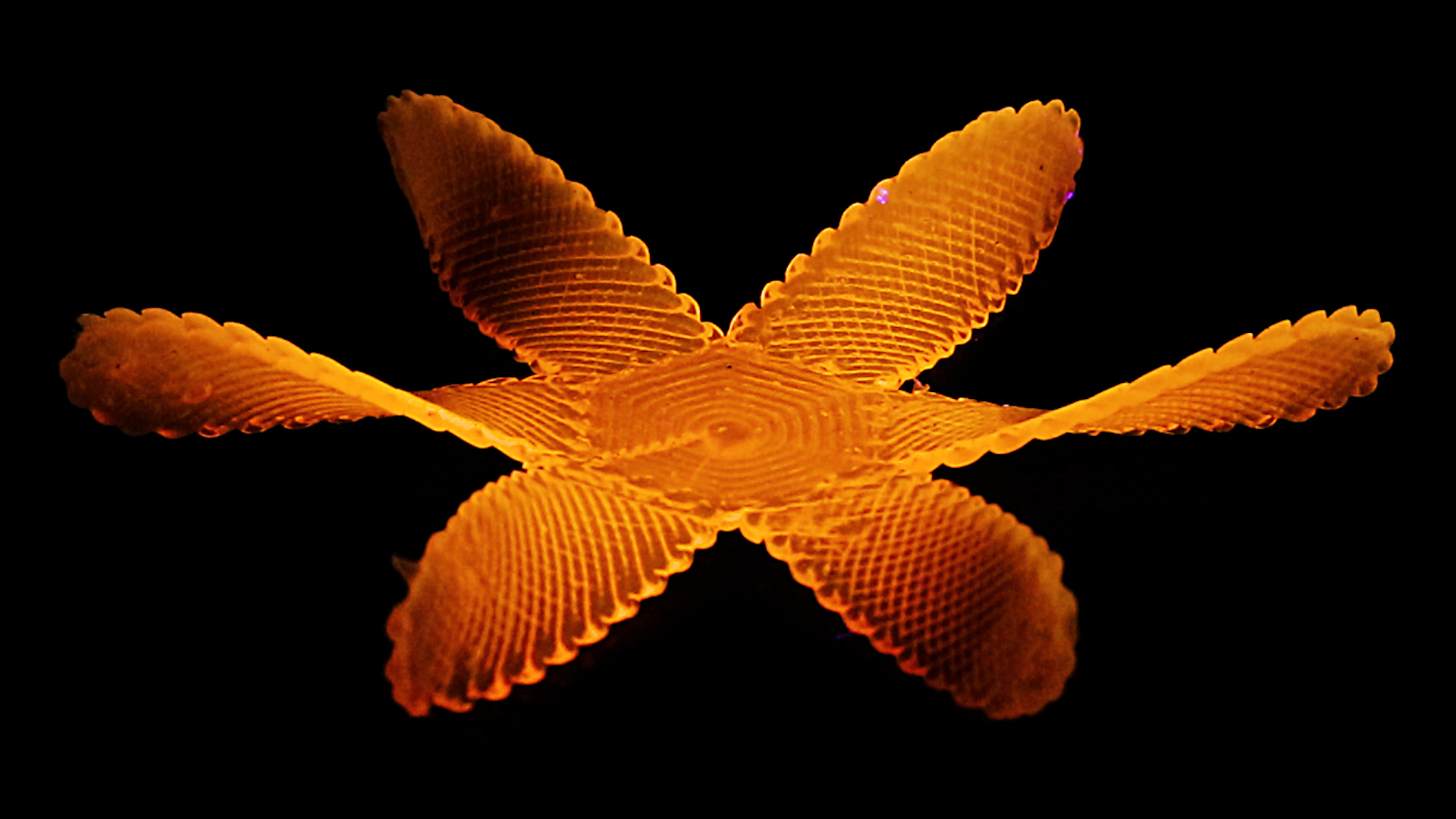
Material scientists learn how to make liquid crystal shape-shift
A new 3D-printing method will make it easier to manufacture and control the shape of soft robots, artificial muscles and wearable devices. By controlling the printing temperature of liquid crystal elastomer, researchers have shown they can control the material’s stiffness and ability to contract.
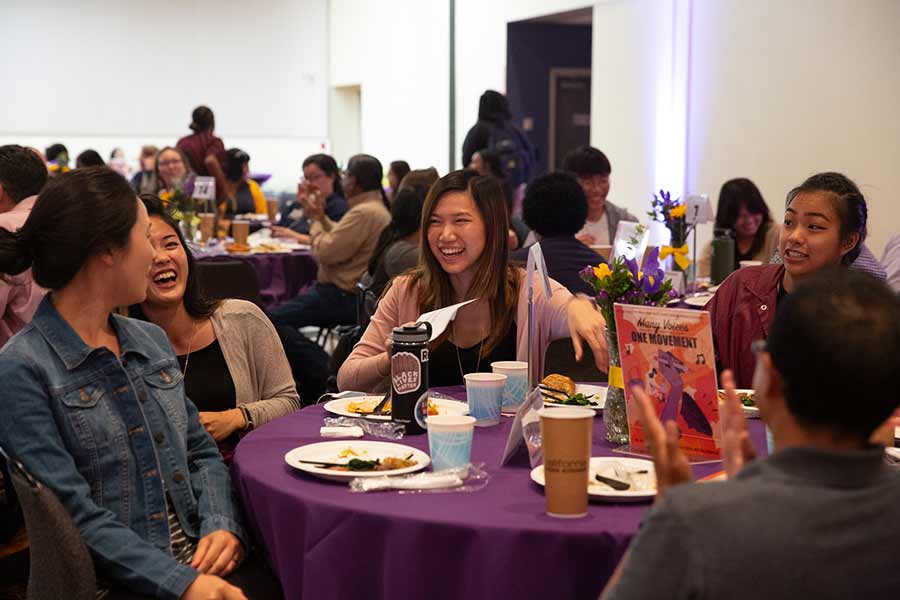
UC San Diego launches Asian American and Pacific Islander Studies program and minor, a welcome addition to campus
UC San Diego will have a new program in Asian American and Pacific Islander Studies starting in fall, a long-awaited move that many students, faculty, staff and alumni have been eager to see.
Offering cultural programming and the university’s very first minor in Asian American and Pacific Islander studies, the new program is housed in the Institute of Arts and Humanities, along with 14 additional programs.
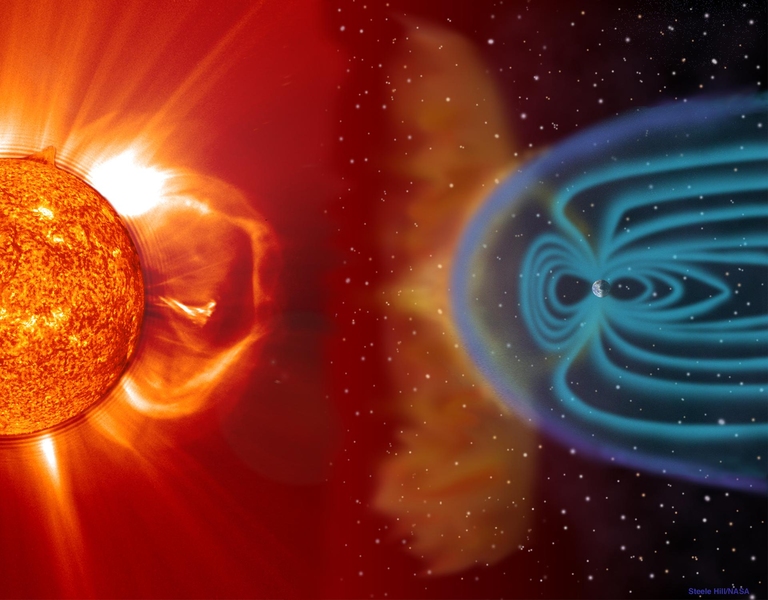
Making space weather forecasts faster and better
To improve the ability to forecast space weather, a multidisciplinary team of researchers, including Professor Boris Kramer at the University of California San Diego, received $3.1 million from the National Science Foundation. The researchers, led by Professor Richard Linares at the Massachusetts Institute of Technology, will also work on speeding up the forecasting abilities that are currently available.
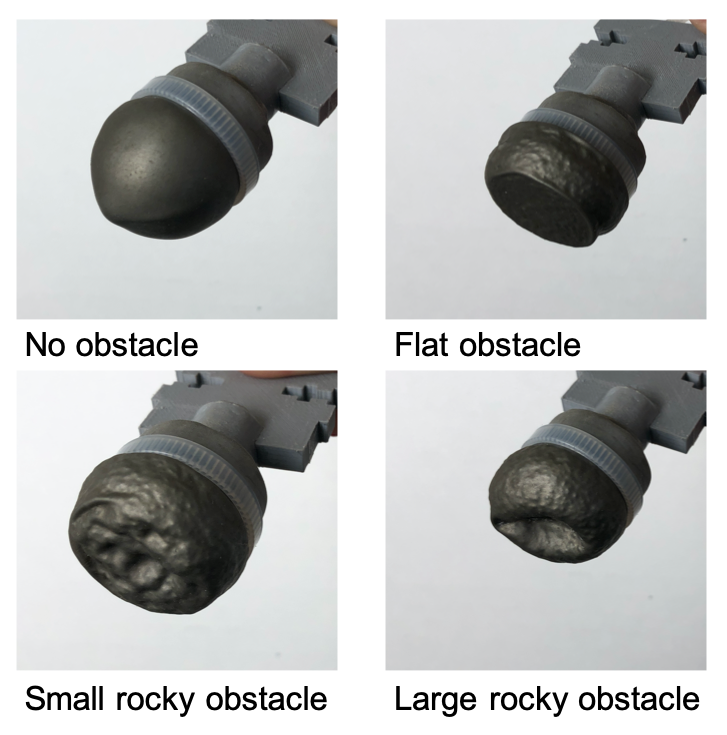
These flexible feet help robots walk faster
Roboticists at the University of California San Diego have developed flexible feet that can help robots walk up to 40 percent faster on uneven terrain such as pebbles and wood chips. The work has applications for search-and-rescue missions as well as space exploration.
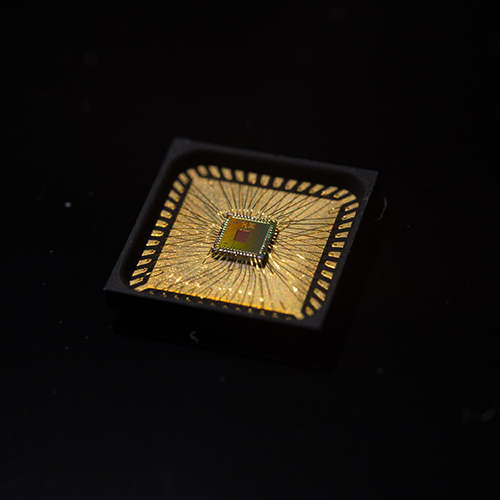
Toward a low-cost, low-power wearable sensor for temperature and respiration
Engineers at the University of California San Diego are developing low-cost, low-power wearable sensors that can measure temperature and respiration–key vital signs used to monitor COVID-19. The devices would transmit data wirelessly to a smartphone, and could be used to monitor patients for viral infections that affect temperature and respiration in real time. The research team plans to develop a device and a manufacturing process in just 12 months.
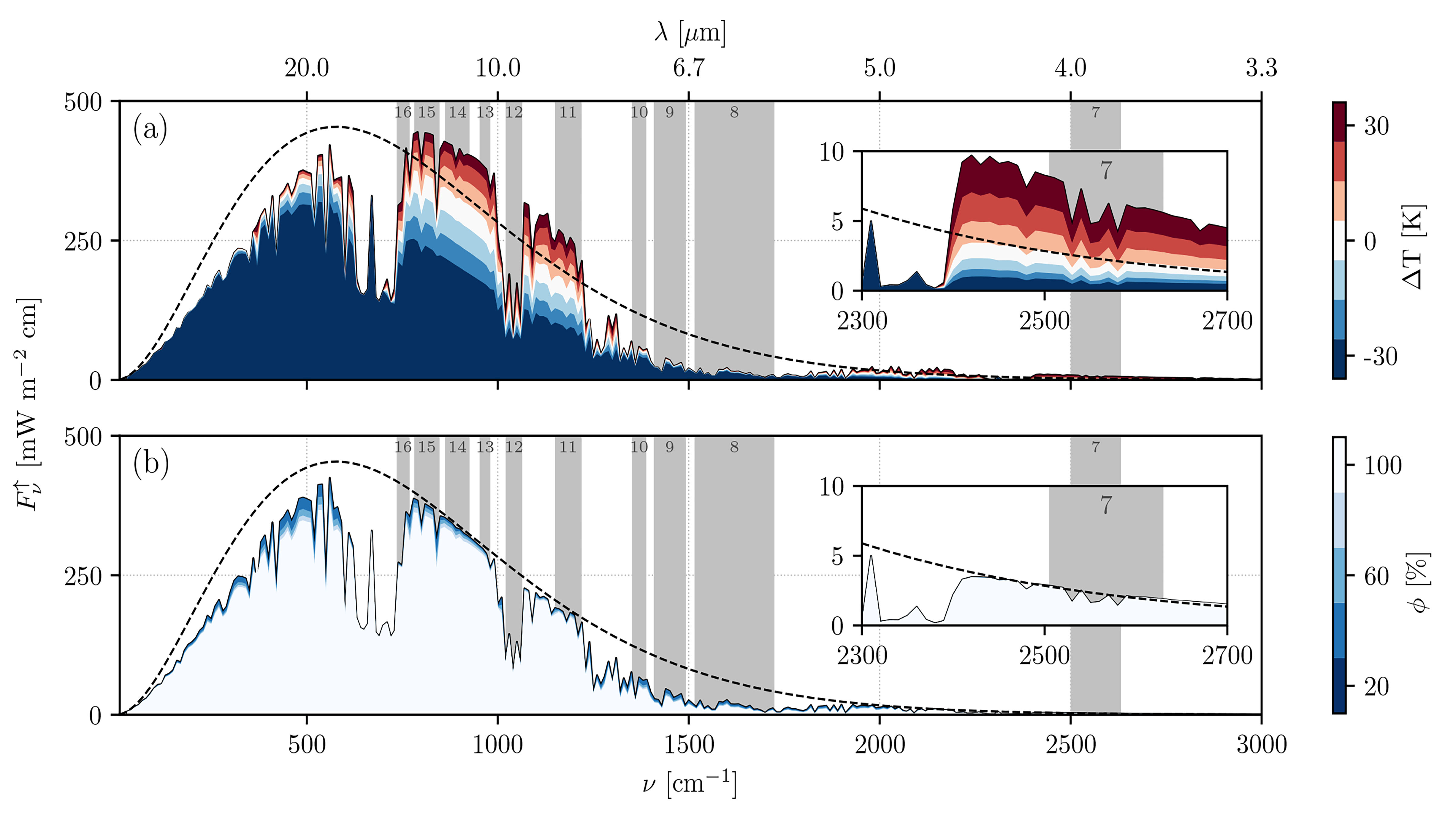
Solar Power Plants Get Help from Satellites to Predict Cloud Cover
Cloud cover is often characterized in simple terms, such as cloudy, partly cloudy or clear. This does not provide accurate information for estimating the amount of sunlight available for solar power plants. In this week’s Journal of Renewable and Sustainable Energy, a new method is reported for estimating cloud optical properties using data from recently launched satellites. This new technique is known as Spectral Cloud Optical Property Estimation, or SCOPE.

UC San Diego Engineers and Doctors Retrofit and Build Ventilators with 3D-Printing
A team of engineers and physicians at the University of California San Diego is working to turn emergency hand-held ventilators into devices that can work autonomously for long periods of time, without human input.